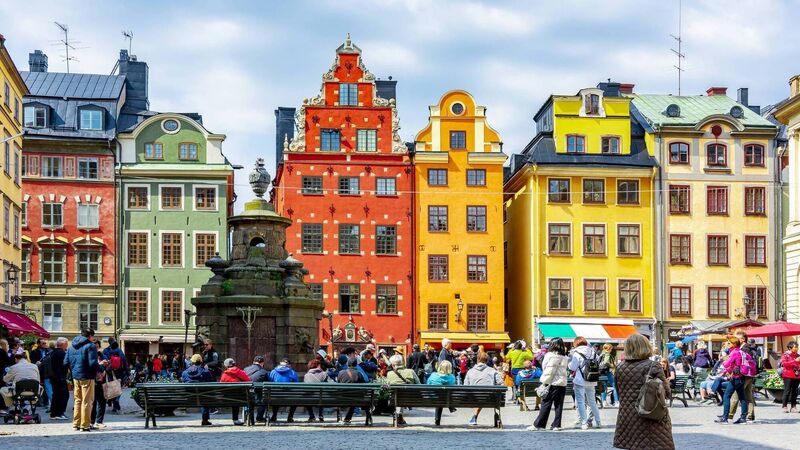Forget about summer — here are 12 reasons to visit Stockholm in autumn and winter

The mercury may be dropping as autumn yields to winter but this only increases opportunities for Scandi cosiness.
Stockholm is deservedly popular in summer, its watery surrounds sparkling under the light of long days and warm sun. At the same time, the Swedish capital offers milder temperatures than southern European destinations, making exploring pleasurable, rather than a sweaty chore. Time spent relaxing on urban beaches is interspersed with refreshing swims, and the city is alive with festivals and events.










